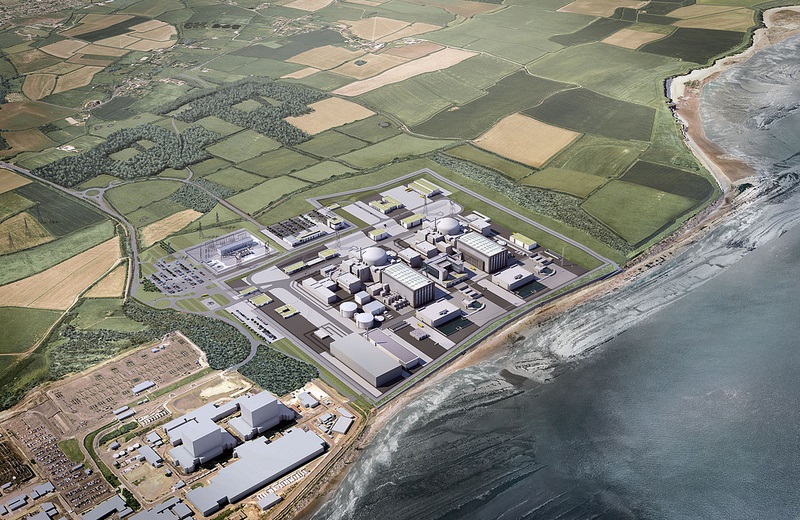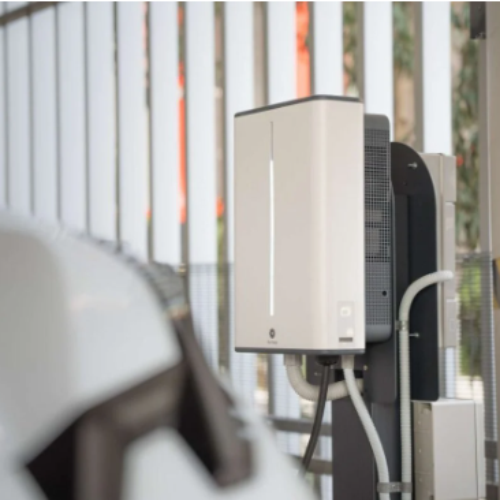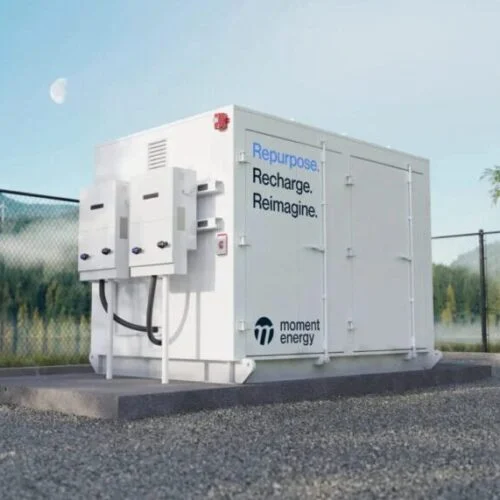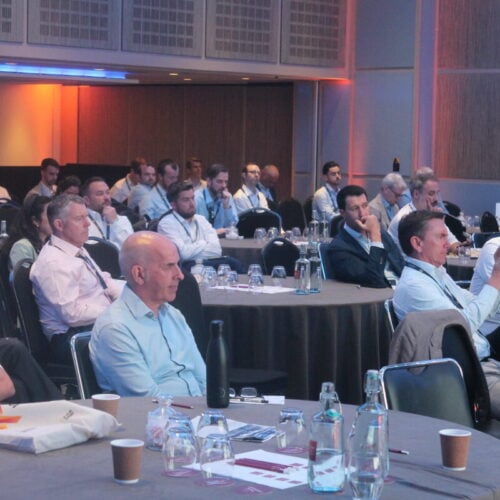EDF’s Hinkley Point C nuclear project is at greater risk of running 15 months behind schedule and could cost the firm up to £2.9 billion more than previously estimated, the French power giant has confirmed.
In a statement this morning, EDF said that following the milestone completion of the nuclear island ‘common raft’ in June this year, it conducted a detailed review of the costs, schedule and organisation of the project.
That review concluded that the previously-communicated risk of delay at units one and two – of up to 15 months – had increased, and that the project’s cost estimations had soared.
EDF now estimate the project completion cost to stand at somewhere between £21.5 billion and £22.5 billion, an increase of between £1.9 and £2.9 billion on previous estimates.
While UK consumers are protected from the increase in costs by means of the Contracts for Difference agreement the government signed with EDF, the increase in costs stands to have a serious impact on EDF’s rate of return on the project.
EDF has today guided that the IRR for Hinkley Point C now stands at between 7.6 and 7.8%. In July 2017, EDF said the IRR stood at between 8.5 and 9%.
Analysis: Liam Stoker, editor in chief, Current±
A few years ago, at a solar investment conference in London, a major renewables financier told a room full of bankers and renewables developers he was willing to bet any sum of money that Hinkley Point C would never generate. It drew a rye smile from many of the crowd, but not one person was willing to take up the wager.
Fast forward to this morning, and that investor’s probably a bit rueful he didn’t push the subject further.
Today’s update from EDF is another episode in what’s becoming an increasingly fraught affair, and one that could not have been more ill timed for the nuclear lobby. Just a few days ago offshore wind was heralded for securing a 30% drop in prices in just two years, with 5.5GW clearing at strike prices as low as £39.65/MWh.
And last week a report co-authored by Aurora Energy Research concluded that co-located solar-plus-storage farms in the UK could deliver returns of ~7.6% as early as next year, some five (or six) years earlier than Hinkley Point C.
While many financiers suspected it years ago, it’s now quickly becoming true. EDF would’ve been better served pushing £22.5 billion into wind, solar and storage.
EDF apportioned the cost increases to “challenging ground conditions” which it said had made earthworks more expensive than previously expected, adding that additional costs were also needed to implement the now completed functional design of the plant.
The state-owned energy firm did stress that it still expects to generate from Unit 1 by the end of 2025. It said operational action plans are now being put into place in order to secure that date.
Hinkley Point C has long been a point of particular contention in the UK’s power sector, specifically due to numerous cost increases and numerous delays. In 2017 the government’s decision to support the project was heavily criticised by the Public Accounts Committee – the watchdog which monitors public spending – within a report which identified a catalogue of errors.
This was followed by the government last year announcing a potential direct investment in the development of the 2.9GW nuclear project at Wylfa, but just months later that project hit the skids after Hitachi formally withdrew its interest in developing it.






